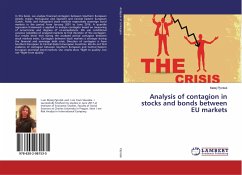Market transparency implies the availability of information about its functioning. Analysis of acquisition costs of information is hindered by the number of subsidiaries and affiliates, i.e. structures involved in equity participation capable of influencing the activities of legal entities and/or individuals engaged in entrepreneurial activities, as well as by the presence of non-core assets, cross-subsidies, and opacity of investment decisions. As an illustration of the aforementioned statements, this study considered a contractual model where firms exchange information on the basis of exclusive bilateral agreements. The exchange of information is not mediated by a centralized industrial agency, but passes through private mechanisms for entrepreneurs. For organizations and businesses, unstable economy should be considered as an opportunity to interact with customers and present own products in the market. Returning to the subject of study, it is necessary to take into account the information asymmetry whilst increasing the capital expenses for financing innovation.








